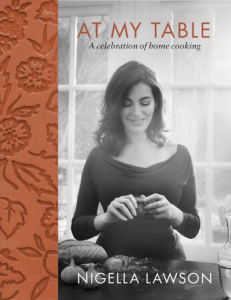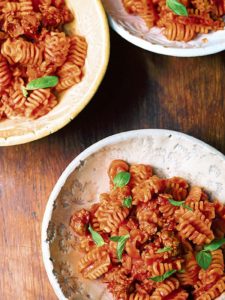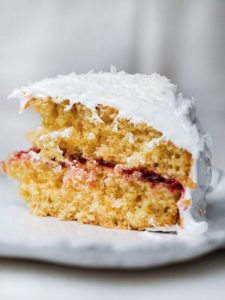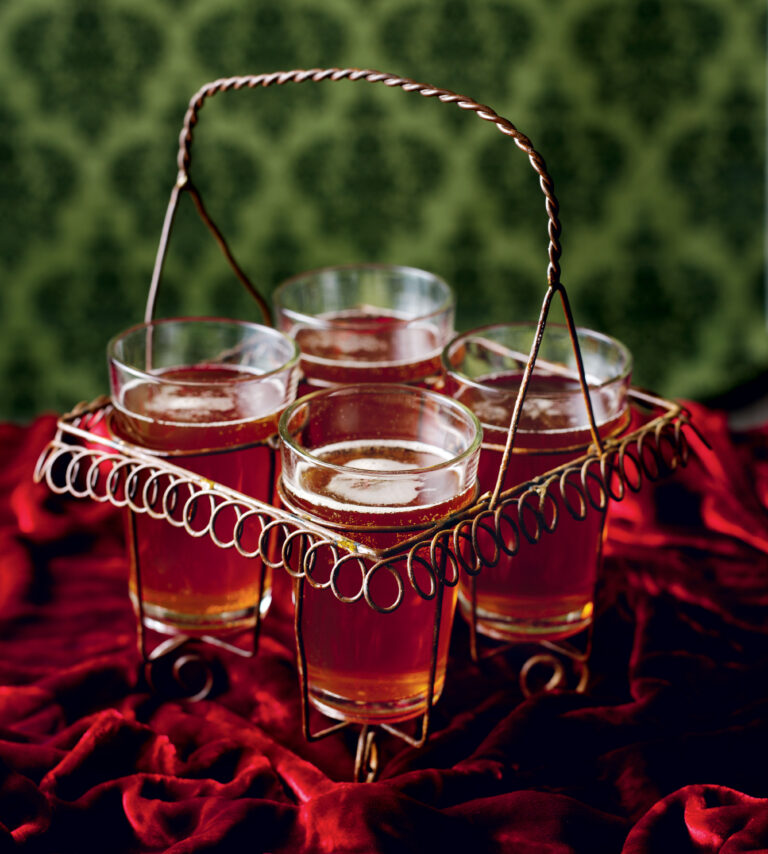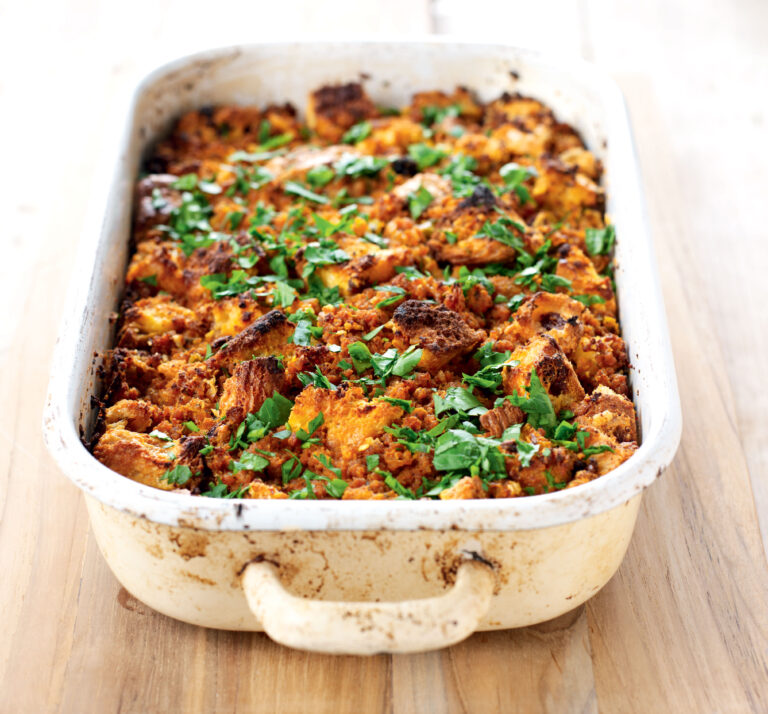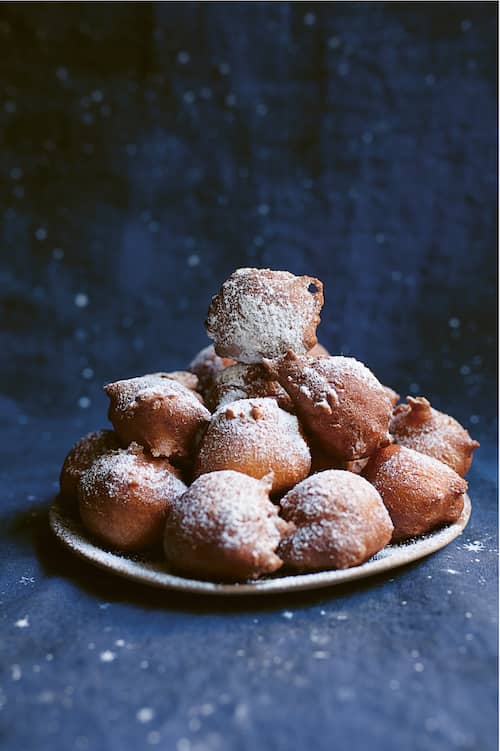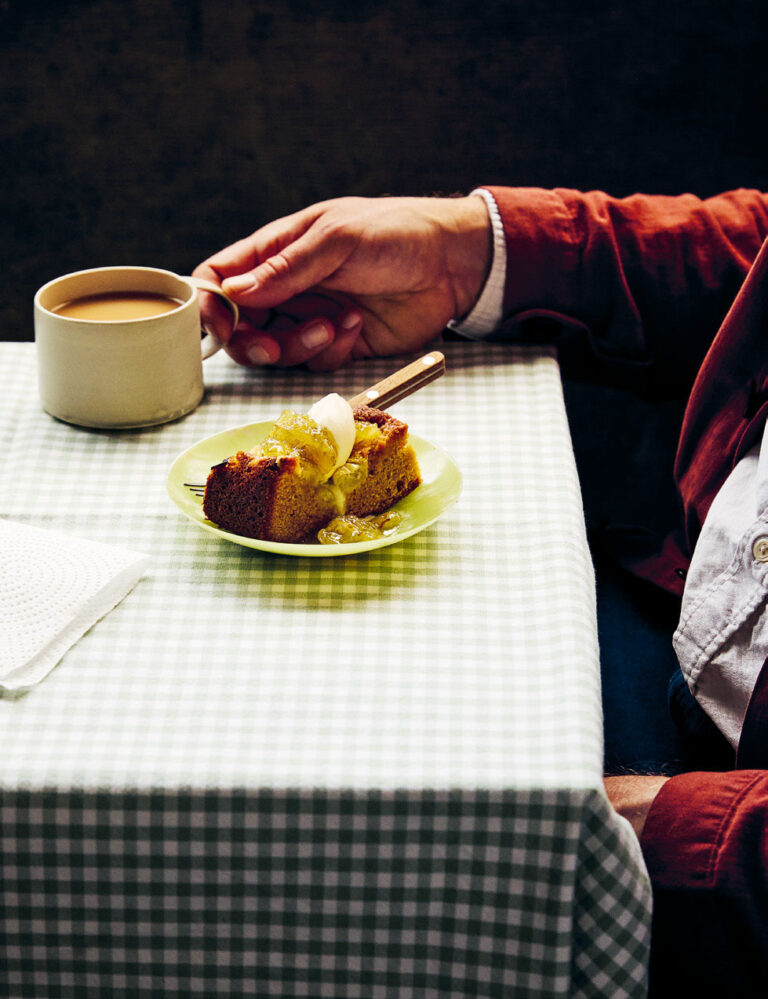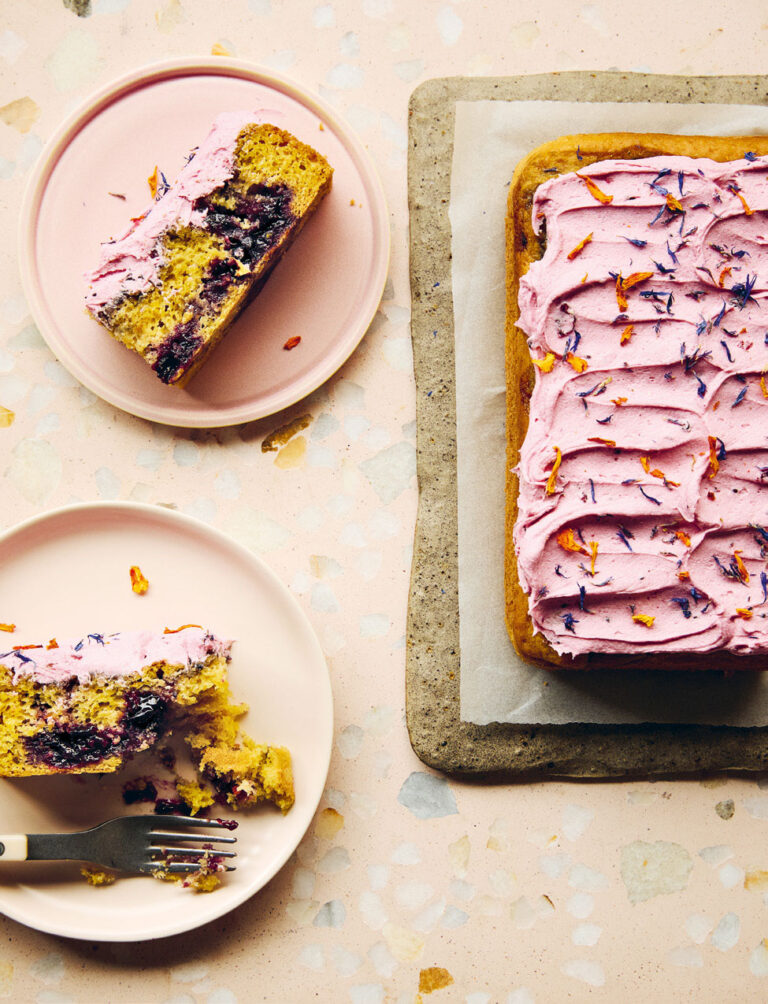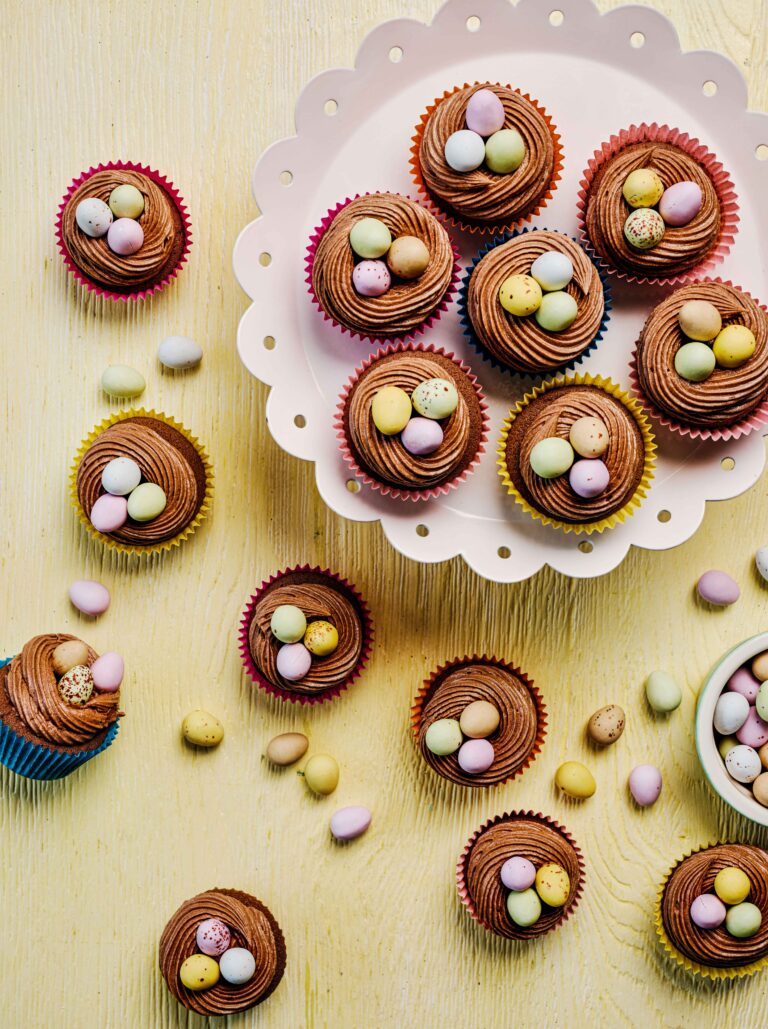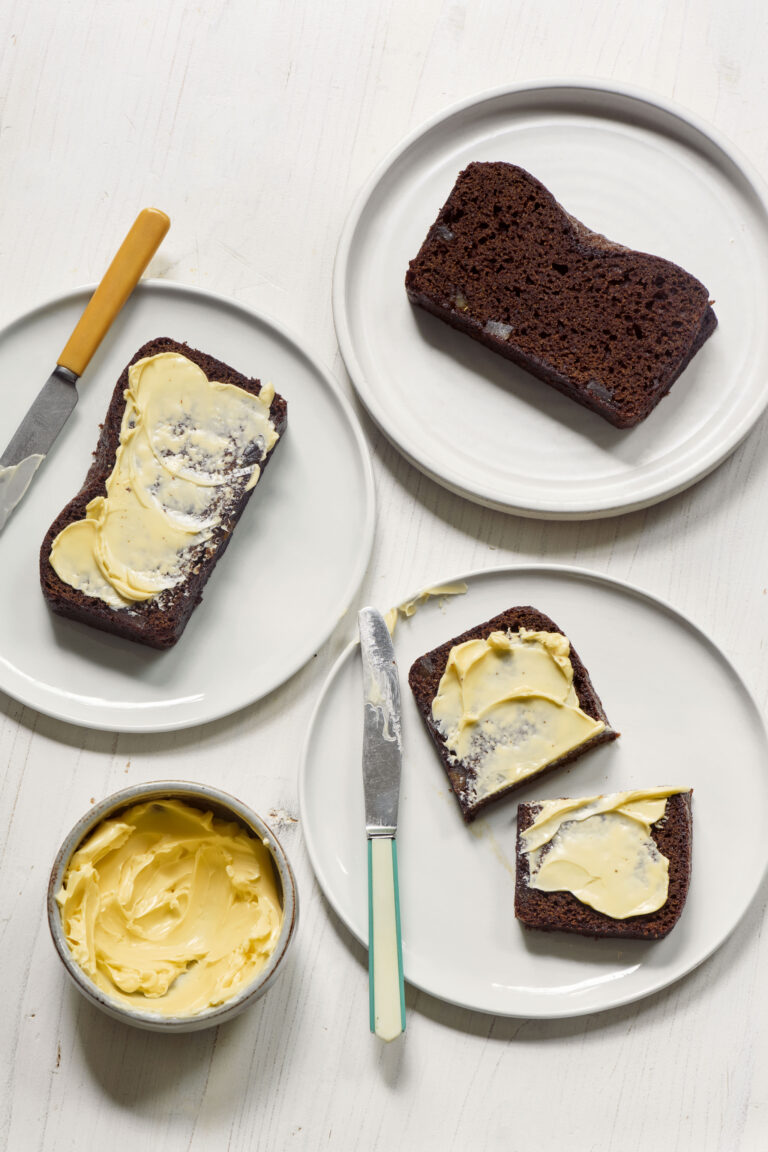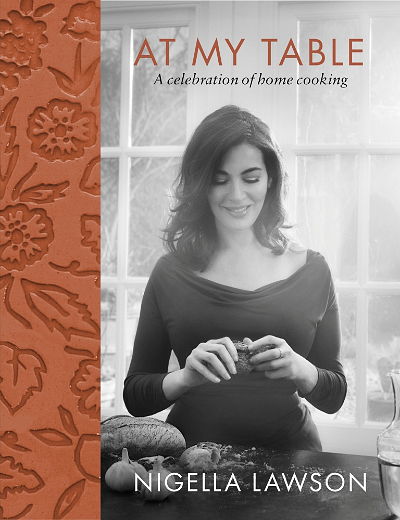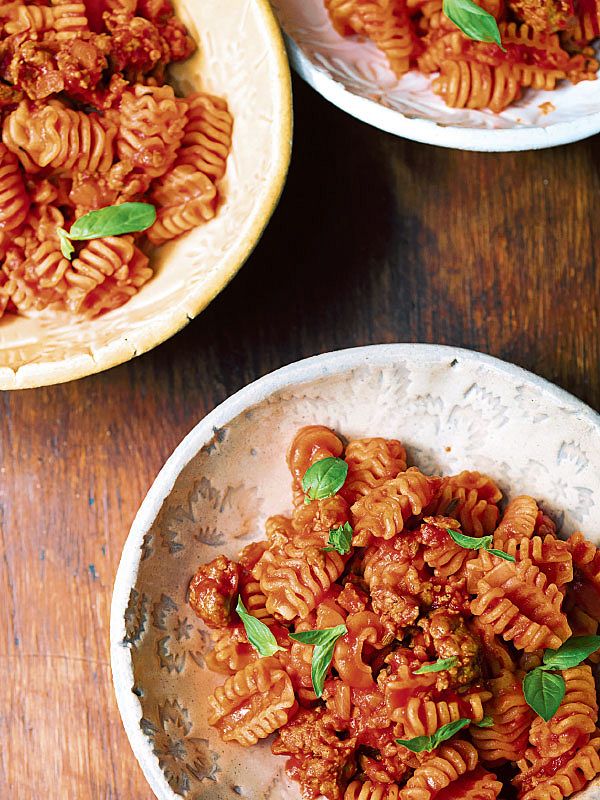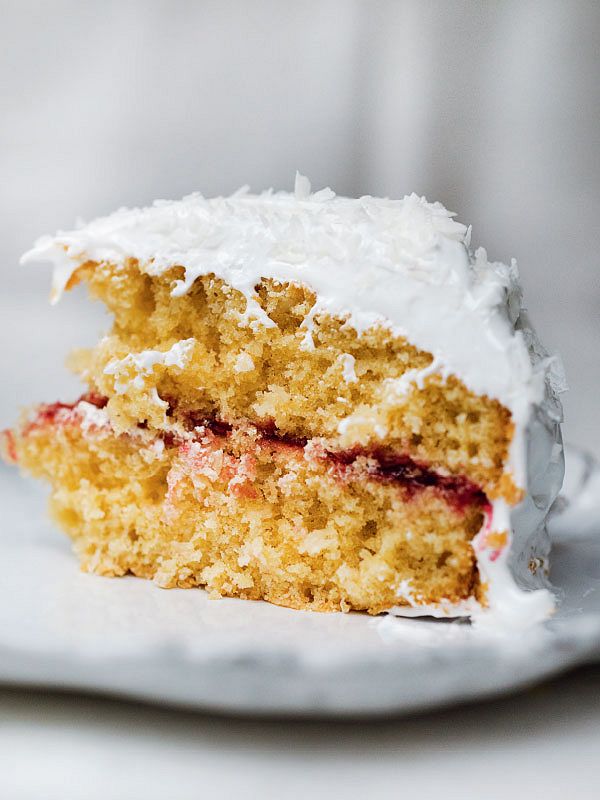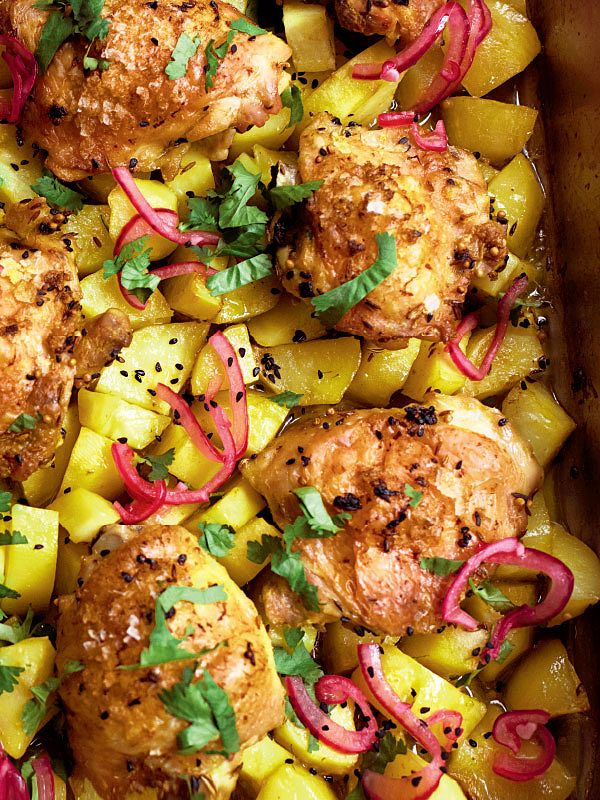Vanilla Layer Cake with Ermine Icing
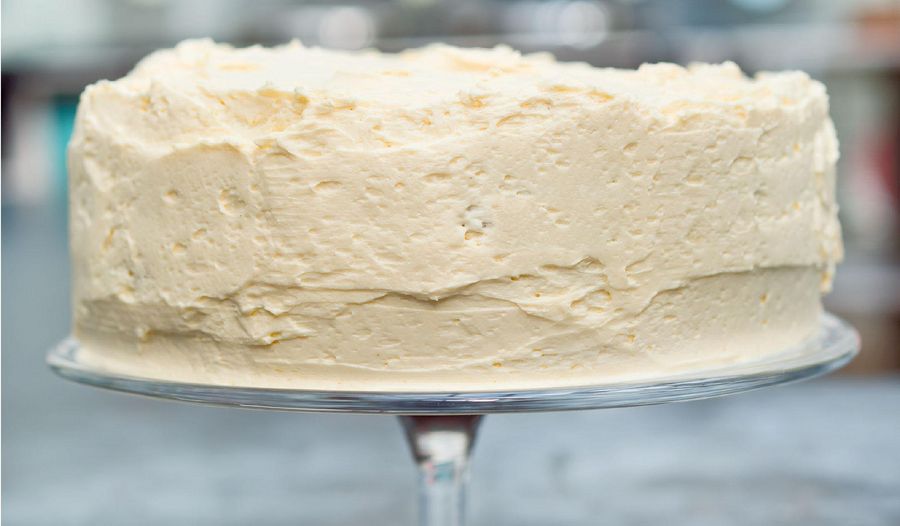
Nigella Lawson's recipe for Vanilla Layer Cake with Ermine Icing boasts the fluffiest buttercream, making a versatile cake perfect for birthdays and other celebrations.
From the book
Buy From
Introduction
If a cartoon character were thinking about a cake, this is the one that would appear in the thought bubble above her or his head. Or, as a friend of my daughter’s said, when you think about wanting to eat cake, this is the cake you want to eat. It is very much in the old-fashioned American diner style: a majestic creation, slathered in fluffy, super-sweet buttercream icing.
I have to say, this method of making buttercream was a revelation to me. I came across it on a website that I am slightly obsessed with, Serious Eats, where it rather undersells itself as “flour buttercream”. On further investigation, I found it is also known as hot milk buttercream or, more gloriously, ermine icing. I know that starting off with a gluey flour-paste doesn’t sound an appealing way to go about it, but this roux method creates the lightest, moussiest buttercream you could imagine. Since the roux has to be completely cold before being whipped into the butter, I’d advise making this part well in advance, then actually finishing off the buttercream once the cakes have cooled.
And those of you who are inclined to be disparaging about the idea of adding vegetable shortening to a cake should know that this is what helps create a gorgeously fluffy sponge, best eaten on the day it’s made, though no hardship after.
For me this cake is all about its pale vanilla splendour, but I admit that were I making this for a child’s birthday party, I would add a vulgar note with a confetti-covering of sprinkles.
Ingredients
| For the icing base: | |
| 40g | plain flour |
| 200g | caster sugar |
| 250ml | full-fat milk |
| For the cake: | |
| 150ml | full fat milk, at room temperature |
| 1 tsp | lemon juice |
| 125g | unsalted butter, soft, plus more for greasing |
| 75g | vegetable shortening |
| 225g | caster sugar |
| 3 | large eggs, at room temperature |
| 225g | plain flour |
| 1 tsp | baking powder |
| ½ tsp | bicarbonate of soda |
| A pinch | of fine sea salt |
| 2½ tsp | vanilla extract |
| To finish the icing: | |
| 250g | unsalted butter, soft |
| A pinch | of fine sea salt |
| 2½ tsp | vanilla extract |
Essential kit
You will need: 2 x 20cm loose-bottomed sandwich cake tins.
Method
1. Start with the icing base: in a wide-ish saucepan (I use one of 22cm diameter), whisk together the flour and sugar, then slowly whisk in the milk. Put the pan over a medium-low heat and, whisking continuously, bring to the boil, then let it cook, still whisking assiduously until it’s thickened and lost its overtly floury taste. This shouldn’t take more than a minute or two from boiling. Take the pan off the heat, whisk for 30 seconds, then scrape the thick paste into a shallow bowl and press a piece of cling film directly on the surface of this admittedly not terribly attractive mixture. Leave it to cool – this will probably take 1½–2 hours – then stick the bowl in the fridge to make sure it’s properly cold when called into service later, though to speed the process you could just put it straight in the fridge while still hot.
2. To make the cakes, preheat the oven to 180°C/160°C Fan. Grease the sides and line the bases of your cake tins with baking parchment.
3. Pour the milk into a jug and stir in the lemon juice. Leave this to one side for a moment and, with an electric mixer (for ease), beat the butter and shortening until pale and creamy. Still beating, add the sugar, a tablespoonful at a time, until you have a light fluffy mixture in front of you. Still beating, add the eggs, one at a time, making sure each one is incorporated before adding the next. Give the bowl a good scrape down.
4. Mix the flour, baking powder, bicarb and salt together in bowl and, more gently now, beat a third of this into the cake batter, followed by a third of the lemon-soured-milk, and continue until both are used up. Beat in the vanilla extract, give a good fold and scrape by hand, then divide between the prepared tins.
5. Bake for 20–25 minutes until the cakes are golden brown and coming away at the sides, the surface feels springy and a cake tester comes out clean. Leave the tins on a wire rack for 15 minutes before carefully turning out; go gently as these are tender babies. Peel off the lining from the base (now uppermost) and leave to cool.
6. So, when the paste’s cold and the cakes are ditto, you can carry on with the buttercream. Using either a freestanding mixer or an electric hand whisk, duly whisk the butter for 2 minutes or so, scraping the bowl down regularly, until it’s smooth, creamy and pale. Do not stint on this part: you want it really whipped. Whisk in the cold paste, a tablespoon at a time, mixing well between each spoonful and making sure it’s properly combined before adding the next one. You will – again – need to do a bit of scraping down from time to time. Once you’ve used up the paste, add the salt and the vanilla extract and carry on whisking for a good 3 minutes – still on scraping-down duty – until the mixture has increased in volume and you have an impressively light and creamy buttercream in front of you.
7. If one of the cakes is fatter than the other, use that one as the bottom layer and sit it on your cake stand or plate, flat-side up, then spread just under a third of the buttercream on top; a small cranked spatula is my tool of choice for this work. Sandwich with the other cake, flat-side down, and spread half the remaining icing on top, smoothing it to cover it entirely, then swirl delicately away, unless you have the patience, dexterity and desire to give this cake a smooth, hatbox finish. Smooth the rest of the buttercream around the edges so that the cake is completely covered. Here, even I attempt a smooth look, though often with only qualified success.
8. I am quite cavalier about leaving the cake out of the fridge for a few hours before serving (as long as the weather isn’t hot) as I find refrigerating it gives the sponge a heavier, denser texture, though no doubt health and safety officers would advise against. Your risk, your call.
Reviews
Have you tried this recipe? Let us know how it went by leaving a comment below.
Thank you for your rating. Our team will get back to any queries as soon as possible.
Please note: Moderation is enabled and may delay your comment being posted. There is no need to resubmit your comment. By posting a comment you are agreeing to the website Terms of Use.

